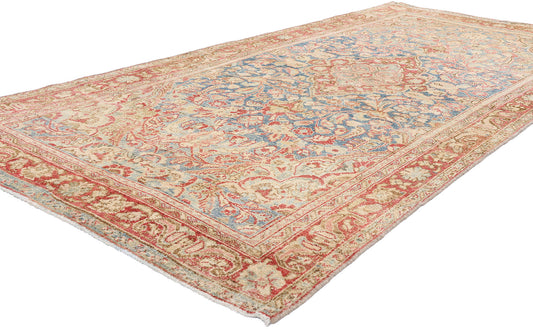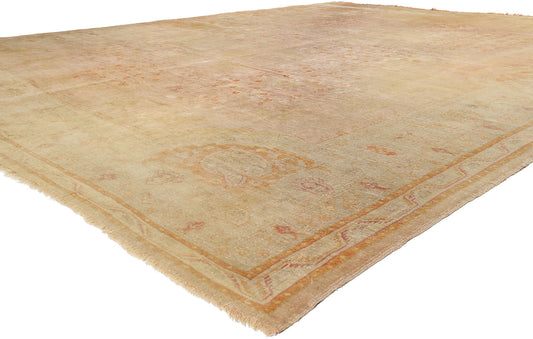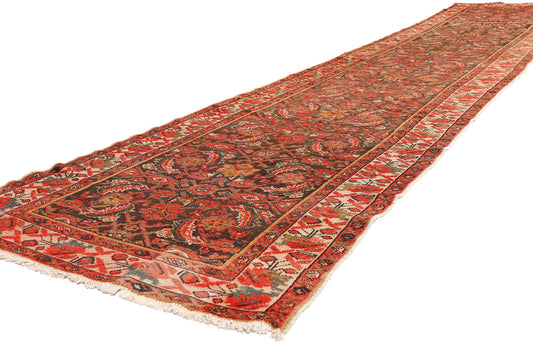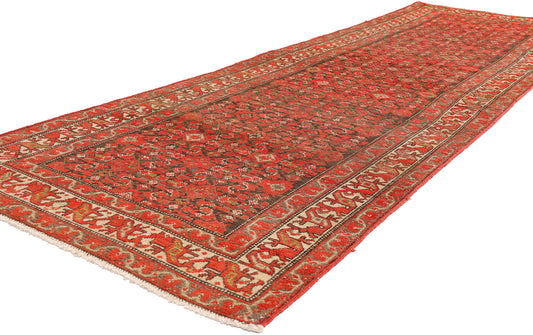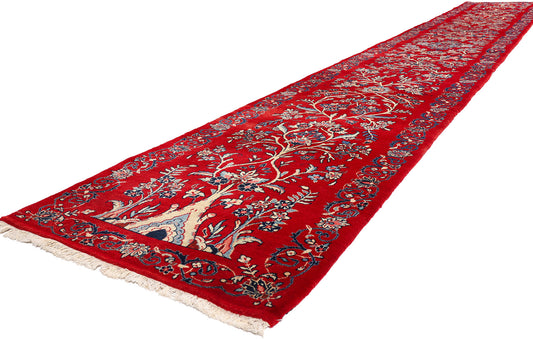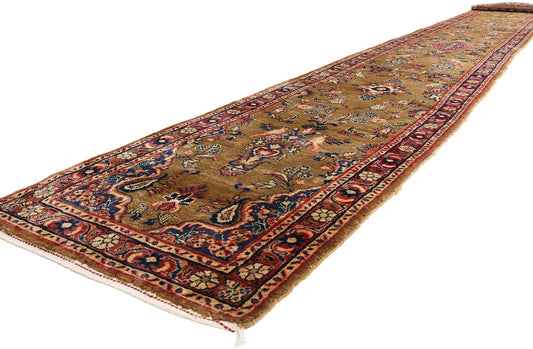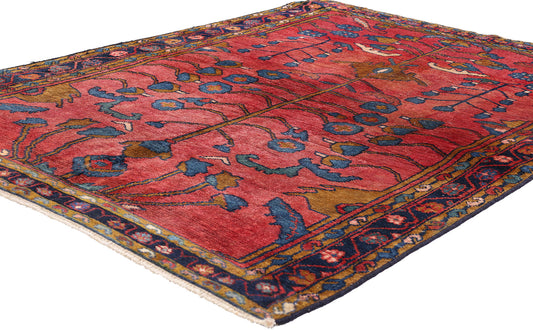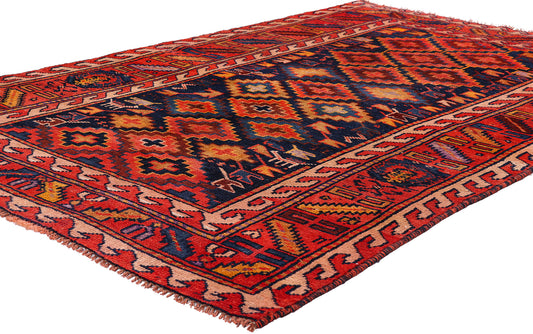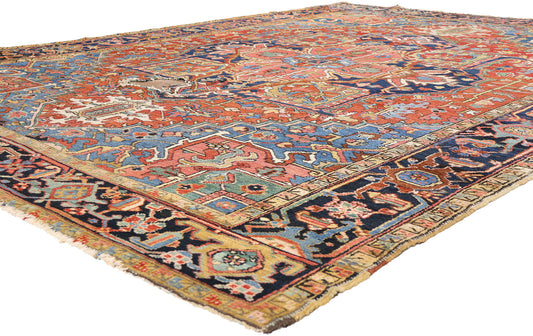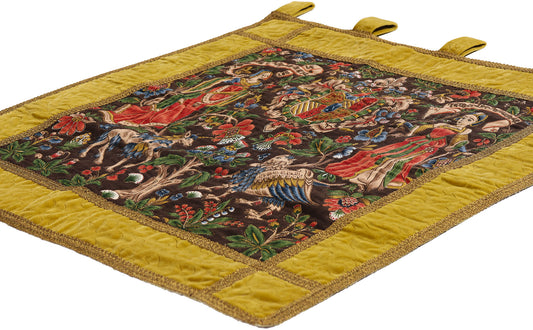Discovering Antique Rugs: Artistry Preserved in Time
Antique area rugs are defined as those with an established age of more than 100 years and feature some historical significance. The pieces specifically curated for our collection of antique rugs for sale reflect the era, craftsmanship, and culture of their provenance. Use these antique Persian rugs, Turkish Oushak carpets, and other meaningful designs as decorative masterpieces and historical documents.
Investing in Timeless Elegance
Our antique rugs for sale serve as investments in history and artistry. The factors that determine the value of a piece include the age, origin, condition, rarity, motif, and scale. Some of the most highly sought-after pieces are antique Persian rugs due to their fine craftsmanship and refined designs.
The Enchanting Palette of Antique Rugs
The antique rugs online in the Esmaili Rugs showroom feature natural dyes derived from plants, insects, and minerals, which produce rich, vibrant tones. As these dyes age, the colors mellow into a unique patina that enhances the beauty of the large antique rugs over time. Some of the signature hues you can expect from these antique pieces include resplendent reds, serene blues, earthy greens, and warm golds.
Preserving Antique Rugs
An important consideration when purchasing an antique area rug is the effort required to properly maintain the beauty and investment value of the piece. Esmaili Rugs recommends following best practices guidelines, such as rotation, professional cleaning, and vacuuming. You should also consider rug placement to ensure your piece is away from direct sunlight and moisture. With proper care, an online antique rug purchase will retain and even increase in value.
Patterns That Speak Volumes
Antique rugs feature numerous motifs that convey cultural storytelling, including medallions, floral patterns, and tribal symbols. Some of the motifs you can expect from antique Persian rugs encompass intricate floral designs and geometric symmetry, while in antique Turkish rugs, you’ll see bold designs with Anatolian heritage. These designs are steeped in cultural symbolism, like the Tree of Life, pictorial scenes, animals, and repetitive geometric patterns for protection.
Why Choose Esmaili Rugs
As third-generation rug connoisseurs, we have decades of expertise in sourcing antique Persian and antique Turkish rugs. Esmaili Rugs has one of the largest inventories in the U.S., with access to rare collector pieces. Shop with us for hand-selected antique square rugs that combine history, design, and enduring quality, and enjoy white-glove delivery and installation.
Discover Our Curated Collection
Antique rugs offer you a living legacy of history and culture. Choose an antique piece for residential and commercial projects to create a curated space infused with tradition. Reach out to the Esmaili Rugs team to arrange a private consultation.




